Remote work is everywhere now. Many workplaces have struggled to catch up to the new pace of things in a work-from-home world. From hiring to onboarding to daily activities, managers need to create new ways to effectively engage new and current employees. Below are a few tips to help managers create an effective remote process.
Evaluate Your Current Process
Even though you are transitioning into a remote workspace, you should still keep some parts of your current onboarding process. There is a reason it is in place. See what parts of your original process you should keep by asking yourself what a new hire needs to be successful in the remote role. Onboarding should provide a checklist of those things.
Get the Tools You Need
Once you have had the chance to evaluate the current process, determine what virtual tools you will need to make remote onboarding a success. For example, many businesses needed to put virtual task managers and remote conference platforms to help their work remain consistent throughout the pandemic. The same goes for onboarding. Determine if your new employees would benefit from on-the-job virtual training, video training, or skill assessment tests. Then find the virtual tools you need to make those things happen in a sufficient manner.
Make Concessions For Different Learning Styles
It is more difficult to adhere to different learning styles in the workplace in a remote setting. Therefore, you will need to find ways to make concessions for various different learning styles. For instance, some individuals may learn from more hands-on training, while others may benefit more from step-by-step instructions. Make plans for dealing with this in your remote onboarding process.
Create Skill Assessments
Find ways to measure your employee’s skill instead of their output. Right now, many people are going through various changes in their lives. Because of that, it is important not to measure your employees’ success by their output. Instead, measure their skillset. You can use skill assessments over the first few weeks of an employee’s onboarding to see how they are progressing in their role. Typically, this is done through a Google Form, questionnaire, video call, or another form of communication.
Find Ways to Infuse Company Culture
It is important to solidify your company culture and the message you want to portray throughout your hiring and onboarding process. This is especially true in a remote setting. If your company culture is tight-knit and friendly, you may want to incorporate more face-to-face video conference calls during your remote onboarding process. Look for moments in the onboarding process where you can intentionally create bonding moments between the new employee and other team members as well as the company as a whole.
Outline Your Onboarding Process
After you have performed the above, outline what your onboarding process will look like, create steps to follow, and make notes about important information. Establish an onboarding packet that will provide new employees with whatever they may need in their first weeks to succeed.
Be sure to also train your management team in the remote onboarding process. Give them the tools they need to manage and lead their team.
Get Feedback on Your Process
Last but not least, ask your new employees for feedback on the onboarding process. They can give you an idea of areas where you may need to improve as well as what you are doing well. This feedback can give you an idea of how to make changes to best suit your company and your employee’s needs.
We Can Help Your Team Grow
If you are looking for help with remote staffing resources, contact Top Notch Personnel. Recruitment professionals can assist you in finding the right candidates for your current needs and beyond.


